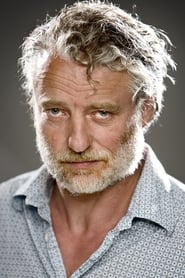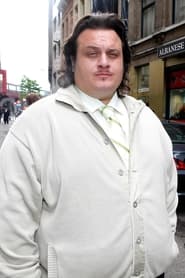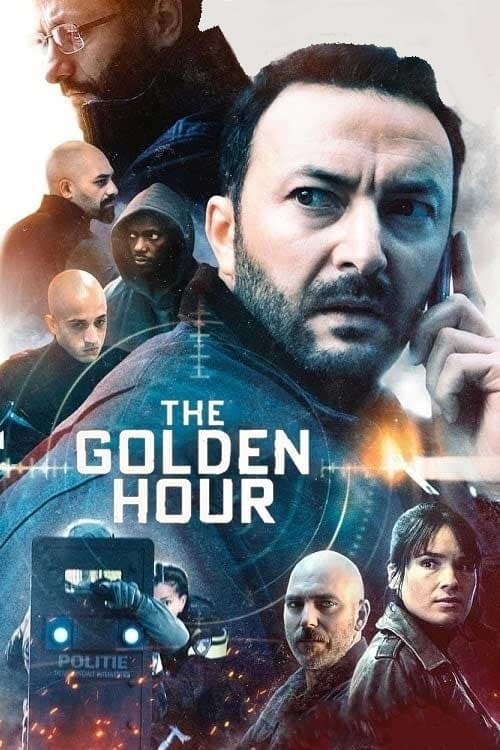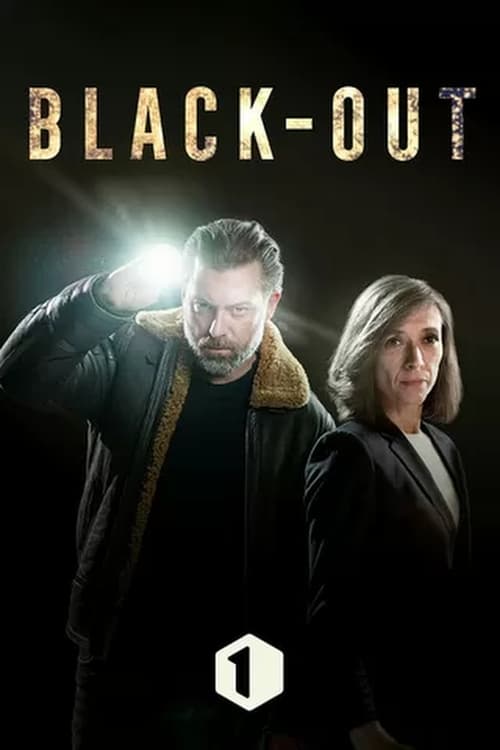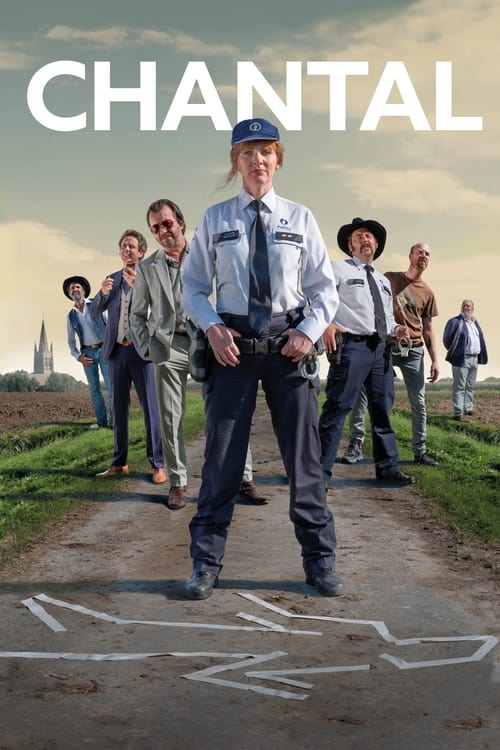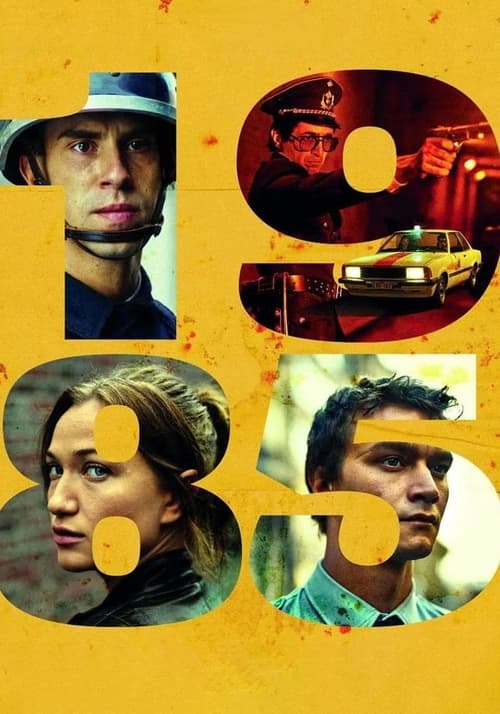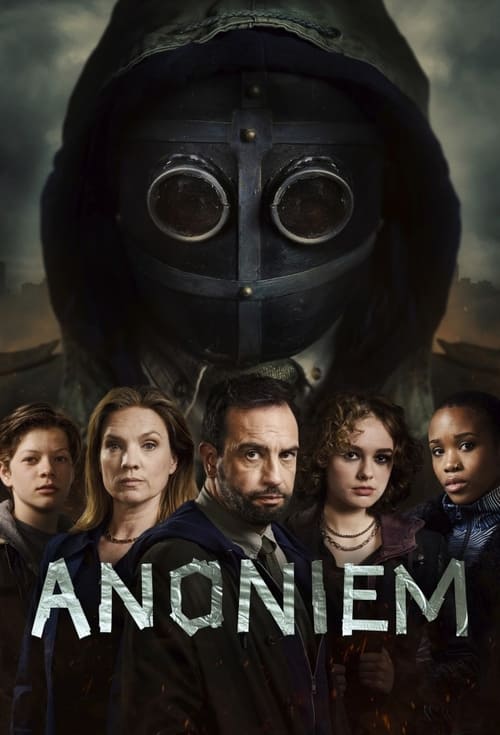
Ask Your Own Question
What is the plot?
The episode opens in the courtroom where convicted physiotherapist John Nasser begins his testimony. He is questioned about allegations of abuse involving two dancers under his care. Nasser admits to having treated the dancers but denies any wrongdoing. The prosecution presents evidence linking him to the psychological distress of one dancer who later committed suicide. Nasser's demeanor is defensive, and he insists that his treatments were professional and aimed at helping the dancers recover from injuries. The court listens intently as Nasser recounts his interactions with the dancers, but the atmosphere is tense due to the serious nature of the accusations.
Following Nasser's testimony, the focus shifts to the interrogation of Axel Liveyns, a close friend of the victim, Luna Laeremans. Axel is questioned about his relationship with Luna and his whereabouts on the night of her death. He describes their friendship as close but insists he had no involvement in her murder. Axel reveals that Luna had confided in him about pressures and conflicts within the ballet company, hinting at underlying tensions. His testimony introduces new suspicions about other individuals connected to the ballet troupe, suggesting that the case may be more complex than initially thought.
Next, the psychiatrists who examined the accused, star dancer Eveline Van Laecke, are called to share their findings. They provide detailed reports on Eveline's mental state, describing her as emotionally fragile and under immense stress due to the intense competition and scrutiny in the ballet world. The psychiatrists explain that Eveline exhibits signs of anxiety and possible dissociative episodes but stop short of declaring her unfit to stand trial. Their testimony adds a psychological dimension to the case, raising questions about Eveline's capacity for intent and control at the time of the incident.
The episode then presents flashbacks triggered by the testimonies, showing scenes from the ballet company's rehearsals and backstage interactions. These flashbacks reveal conflicts between Eveline and Luna, including moments of jealousy and confrontation. One flashback depicts a heated argument where Eveline accuses Luna of sabotaging her career, while another shows Luna expressing fear about someone's behavior in the company. These visual sequences deepen the narrative by illustrating the fraught relationships and emotional volatility among the dancers.
Back in the courtroom, the defense lawyer Bregt Craps cross-examines the psychiatrists, challenging their conclusions and emphasizing Eveline's professionalism and dedication. Craps argues that Eveline's mental health issues do not equate to criminal responsibility and suggests that the prosecution is using psychological reports to unfairly bias the jury. The prosecutor, Anna Senden, counters by highlighting the potential danger posed by Eveline's unstable condition, framing it as a critical factor in the case.
The episode concludes with a dramatic moment when new evidence is introduced: a recorded conversation between Luna and an unidentified person discussing threats and intimidation within the ballet company. This recording raises the stakes by implying that Luna's death may have been the result of a broader conspiracy or cover-up. The judge orders the recording to be examined further, and the courtroom buzzes with speculation as the episode ends, setting the stage for the next phase of the trial.
What is the ending?
The trial of Eveline Van Laecke for the murder of her mentor and lover, Samuel Indria, reaches its conclusion in Episode 4 of "The Ballet Murder." After days of testimony, evidence, and emotional revelations, the jury delivers a verdict: Eveline is found guilty of murder. She is sentenced to prison, and as the courtroom empties, she is led away in handcuffs, her face a mixture of shock and resignation. The story ends with the aftermath of the verdict, as those involved--lawyers, prosecutors, and witnesses--confront the weight of what has happened.
The courtroom is silent as the judge calls for order. The jury, after hours of deliberation, files back into the room. The tension is thick, the air heavy with anticipation. Eveline Van Laecke sits at the defendant's table, her hands clasped tightly in her lap, her eyes fixed on the jury foreperson. The prosecutor, stern and composed, watches intently. The defense lawyer, who has fought tirelessly for Eveline, grips the edge of the table, his expression unreadable.
The foreperson stands and reads the verdict: guilty of murder. A gasp ripples through the courtroom. Eveline's face goes pale. She looks around, as if searching for someone to tell her it's not real. The judge begins to speak, outlining the sentence: life in prison. Eveline is ordered to stand. Two bailiffs approach her, and she is led away, her steps slow and mechanical. As she passes through the courtroom doors, she glances back once, her eyes meeting those of her defense lawyer. He gives her a small nod, but there is no comfort in it.
Outside the courthouse, reporters swarm, cameras flashing. The prosecutor emerges, speaking briefly to the press, declaring justice served. The defense lawyer walks away alone, his shoulders slumped, his face drawn. He pauses for a moment, looking up at the sky, then continues on, disappearing into the crowd.
Back inside, the jury members gather their belongings, some exchanging quiet words, others remaining silent. The witnesses who testified--former colleagues, friends, and acquaintances of Samuel Indria--leave the courtroom one by one, their faces reflecting a range of emotions: relief, sorrow, confusion.
The episode closes with a final shot of the empty courtroom, the chairs askew, the air still charged with the weight of what has transpired. The camera lingers on the defendant's chair, now vacant, a stark reminder of the life that has been irrevocably changed.
Eveline Van Laecke is sentenced to life in prison. The prosecutor achieves his goal of securing a conviction. The defense lawyer, despite his efforts, is left to grapple with the outcome. The jury, having delivered their verdict, returns to their lives, carrying with them the burden of their decision. The story ends not with resolution, but with the lingering impact of a tragedy that has touched everyone involved.
Is there a post-credit scene?
There is no available information or indication that Assisen, season 1, episode 4 ("The Ballet Murder"), produced in 2023, includes a post-credit scene. The search results, including detailed episode reviews and credits, do not mention any post-credit scenes or additional footage after the episode ends.
What is the significance of Eveline Van Laecke's relationship with Samuel Indria in the plot of Episode 4?
Eveline Van Laecke is the main suspect in the murder of her mentor and lover, Samuel Indria, who was found dead behind the theatre on the evening of the premiere of his latest creation, Heavy Heart. Their complex relationship is central to the investigation and trial depicted in the series, including Episode 4.
How does the trial of Eveline Van Laecke progress in Episode 4 of The Ballet Murder?
Episode 4 continues to explore the trial of Eveline Van Laecke, showing footage of her interrogation and the reconstruction of the murder evening, which reveals inconsistencies in her alibi and deepens the mystery surrounding her involvement in Samuel Indria's death.
What role do the other characters play in the investigation and trial in Episode 4?
Other characters, including legal professionals and witnesses, contribute to the unfolding of the trial by providing testimonies and evidence that challenge Eveline's statements, thereby intensifying the scrutiny on her as the prime suspect in the murder case.
Are there any new revelations or twists about the murder case in Episode 4?
Episode 4 presents new insights through the trial's reconstruction scenes and interrogation footage, which suggest that Eveline may be lying about her alibi, adding complexity to the case and raising questions about her true involvement in the murder.
How is the atmosphere and setting of the theatre and trial depicted in Episode 4?
The episode vividly portrays the tense atmosphere of the theatre where the murder occurred and the courtroom where the trial unfolds, emphasizing the emotional and psychological pressure on Eveline and other characters as the case progresses.
Is this family friendly?
Assisen Season 1, titled "The Ballet Murder," is not considered family friendly. The series is a crime thriller with courtroom drama and murder investigation elements, and Episode 4 contains several aspects that may be disturbing or inappropriate for children and sensitive viewers.
Potentially objectionable or upsetting scenes include:
- Depictions of violence and references to murder, which may be intense and emotionally charged.
- Discussions and flashbacks involving death and grief, which could be distressing.
- Strong emotional confrontations and tense courtroom exchanges that may be overwhelming.
- Mild profanity and adult language.
- Scenes set in medical or forensic environments that may feature unsettling imagery.
- Themes of betrayal, suspicion, and moral ambiguity that are central to the plot.
While there is no explicit nudity or graphic sexual content, the overall tone is serious and mature, with frequent references to criminal acts and their emotional consequences. Parents and guardians should exercise caution when considering this show for younger or sensitive audiences.



